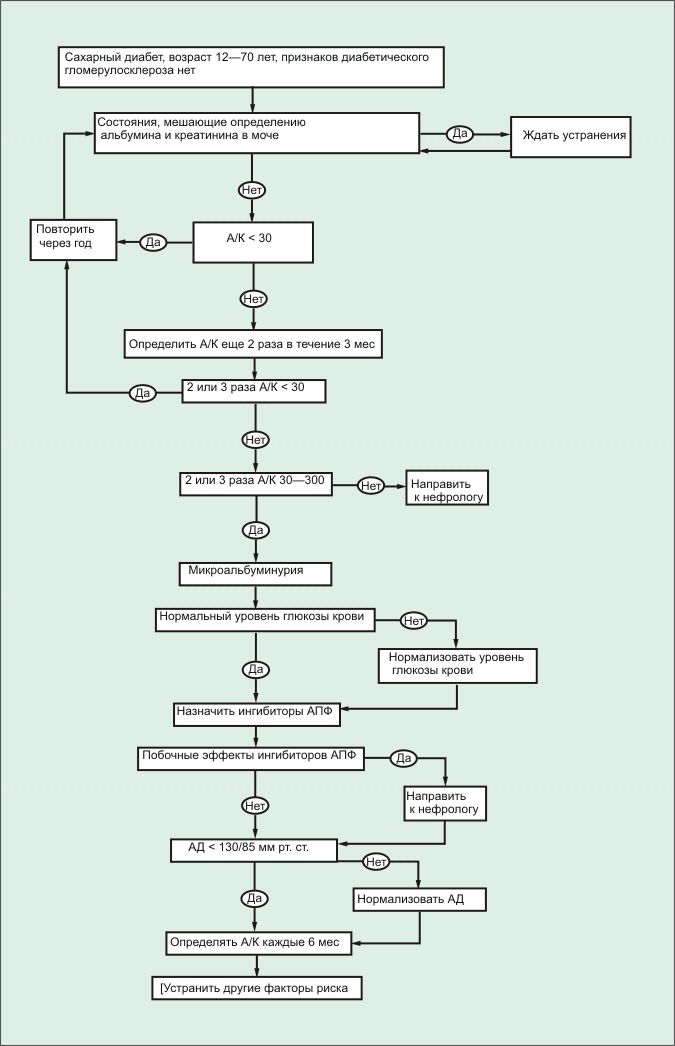Инфекции, вызванные Bartonella, у домашних кошек: литература
Childs JE, RooneyJA, Cooper JL, et al: Epidemiologic observations on infection with Rochalimaea species among cats living in Baltimore, MD. J Am Vet Med Assoc 204:1775,1994. A retrospective study of 592 feline sera previously analyzed for reactivity against FIV and Toxoplasma gondii.
Chomel BB, Abbott RC, Kasten RW, et al: Bartonella henselae prevalence in domestic cats in California: Risk factors and association between bacteremia and antibody liters. J Clin Microbiol 33:2445, 1995. A prospective epidemiologic study of205 cats illustrating the usefulness of serologic screening to identify abacteremic but not necessarily bacteremic cats.
Chomel B, Kasten RW, Floyd-Hawkins K, et al: Experimental transmission of Bartonella henselae by the cat flea. J Clin Microbiol 34:1952, 1996. Results of this study provide convincing evidence that the cat flea plays an important role in the transmission of B. henselae between cats.
Greene CE, McDermott M, Jameson PH, et al: Bartonella henselae infection in cats: Evaluation during primary infection, treatment, and rechallenge infection. J Clin Microbiol 34:1682,1996. A transmission study using laboratory-cultivated B. henselae as inoculum to infect and rechallenge random source cats.
Jameson PH, Greene CE, Regnery RL, et al: Seroprevalence of Rochalimaea henselae in pet cats throughout regions of North America. J Infect Dis 172:1145, 1995. A serosurvey of cats from various regions of the continental United States, Alaska, and Hawaii depicting high seroreactivity that coincides with warm, humid environments and probably flea prevalence.
Kordick DL, Breitschwerdt EB: Relapsing bacteremia after blood transmission of Bartonella henselae to cats. Am J Vet Res 58:492, 1997. Results from this transmission study using blood from bacteremic donors illustrate the relapsing nature of Bartonella bacteremia in asymptomatic cats.
Kordick DL, Wilson KH, Sexton DJ, et al: Prolonged Bartonella bacteremia in cats associated with cat-scratch disease patients. J Clin Microbiol 33:3245,1995. The results of this study support the conclusion that Bartonella spp. are responsible for human CSD and are transmitted by cats that can be chronically infected for periods exceeding 1 year.
Regnery RL, RooneyJA, Johnson AM, et al: Experimentally induced Bartonella henselae infections followed by challenge exposure and antimicrobial therapy in cats. Am J Vet Res 57:1714, 1996. A transmission study using laboratory-cultivated B. henselae as inoculum to infect and rechallenge SPF cats.
Schwartzman WA: Infections due to Rochalimaea: The expanding clinical spectrum. Clin Infect Dis 15:893,1992. An excellent review article describing the history of Bartonella (previously Rochalimaea) associated human disease and recent advances in our understanding of these microorganisms.
Zangwill KM, Hamilton DH, Perkins BA, et al: Cat scratch disease in Connecticut: Epidemiology, risk factors, and evaluation of a new diagnostic test. N Engl J Med 329:8,1993. Sera from CSD patients and appropriate controls were analyzed by IFA forB. henselae-specific antibodies, and risk factors for CSD were identified.
